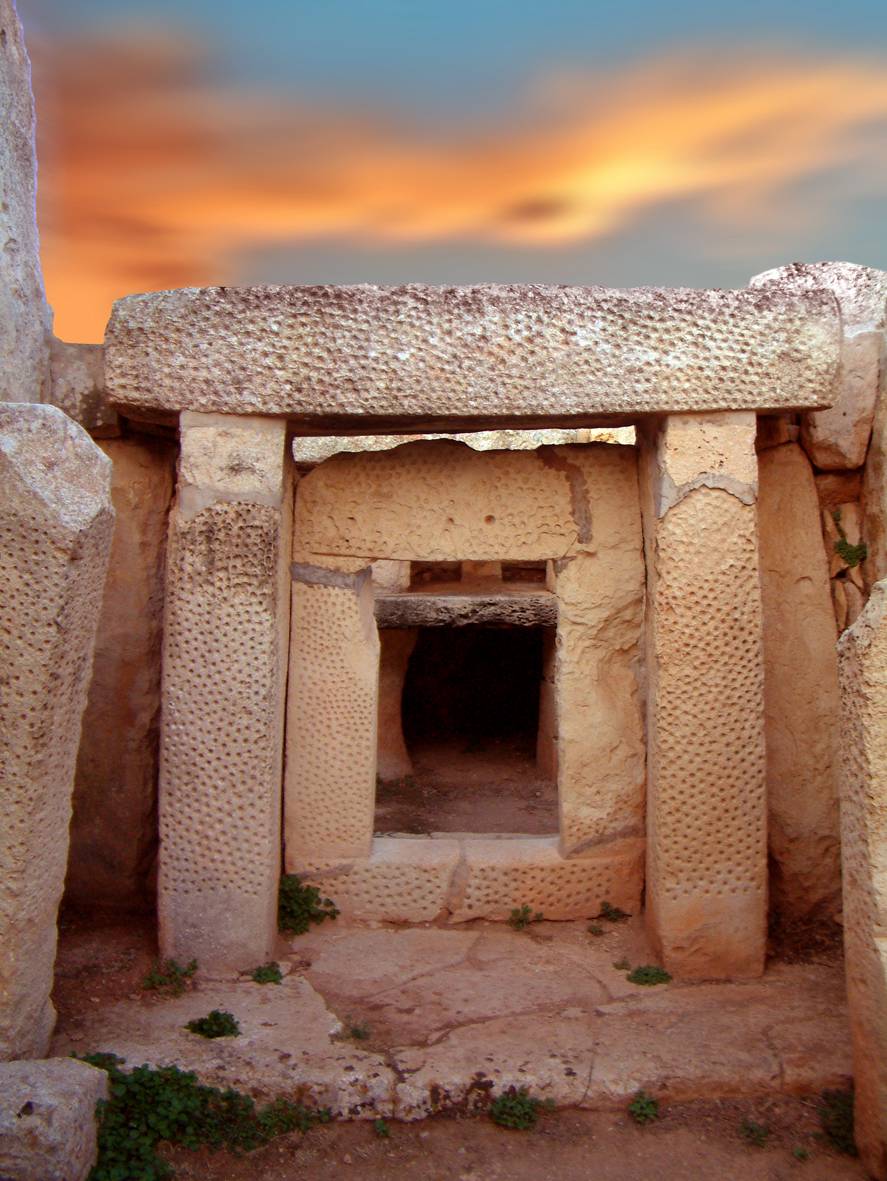The Mnajdra Temples: Architectural Marvels of Prehistoric Malta
The Mnajdra temple complex, located on the southern coast of Malta, stands as a testament to the architectural ingenuity and spiritual significance of prehistoric societies. Situated approximately 497 meters from the Ħaġar Qim megalithic complex, Mnajdra offers a unique glimpse into the Neolithic period, dating back to the fourth millennium BC. These temples are recognized by UNESCO as part of the Megalithic Temples of Malta World Heritage Site, highlighting their importance as some of the most ancient religious sites on Earth.
Get your dose of History via Email
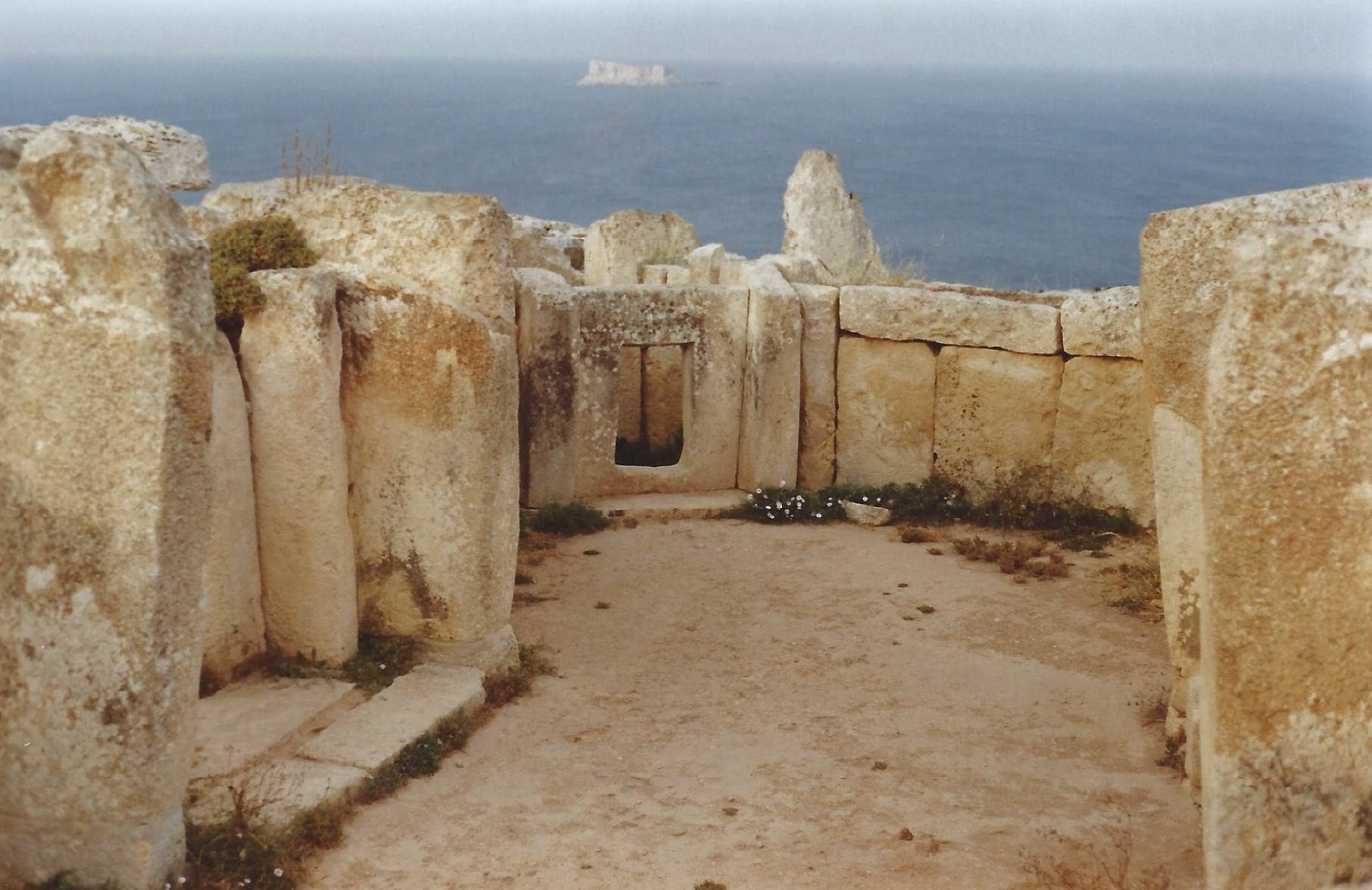
Architectural Design and Construction
Constructed primarily from coralline limestone, a material noted for its durability compared to the softer globigerina limestone of nearby Ħaġar Qim, Mnajdra showcases advanced prehistoric building techniques. The temples employ corbelling and post-and-lintel construction, utilizing large limestone slabs to create their distinctive structures.
The complex is composed of three temples, each with its own unique architectural features. The upper temple, dating to the Ggantija phase (3600-3200 BC), is the oldest and features a three-apsed design. The middle temple, from the late Tarxien phase (3150 – 2500 BC), likely had a vaulted ceiling, while the lower temple, also from the Tarxien phase, is noted for its impressive forecourt and possible domed roof. The lower temple, in particular, stands out for its astronomical alignment and intricate decorations, including spiral carvings and pierced windows.
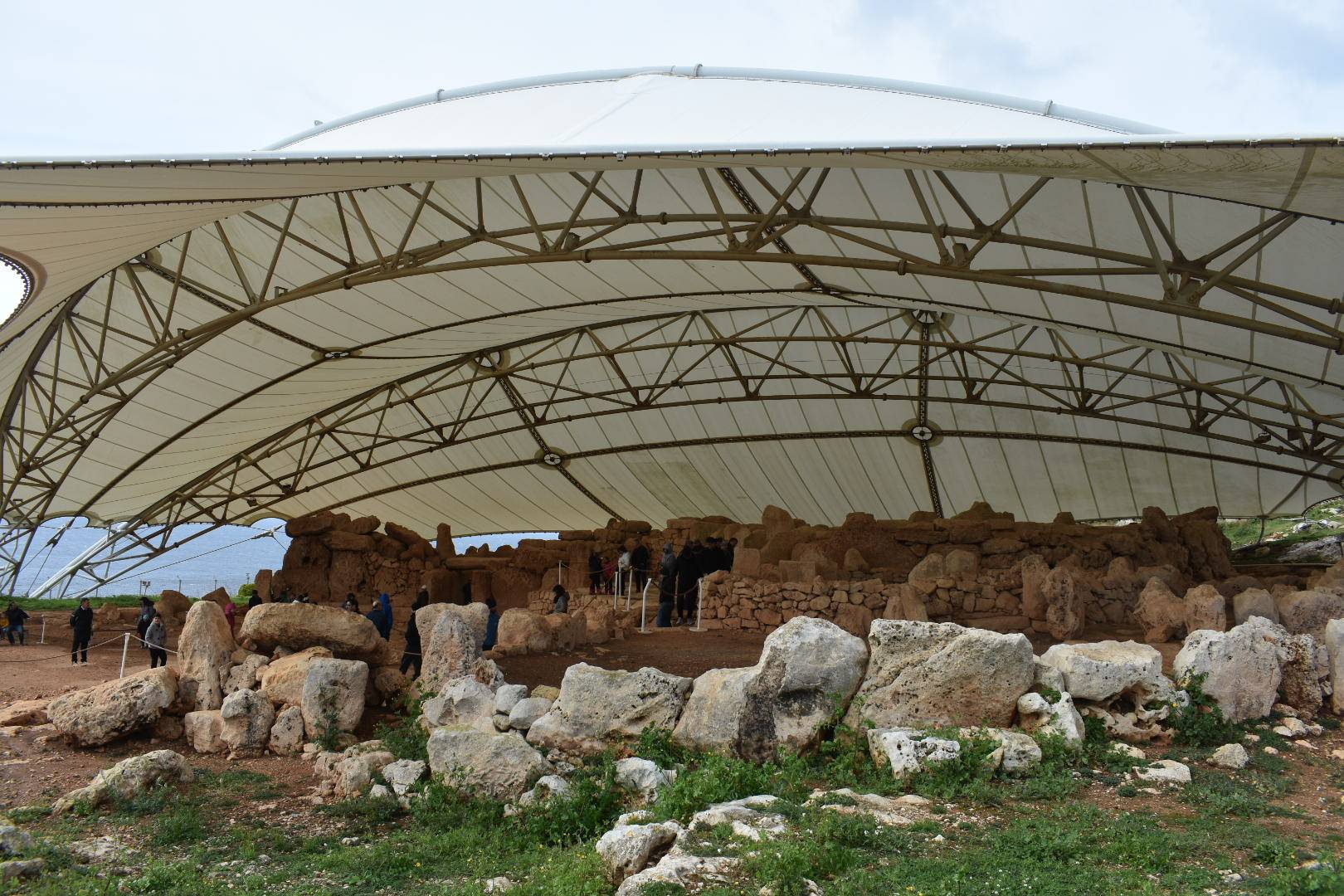
Functions and Significance
The Mnajdra temples served multiple purposes, with the lower temple’s astronomical alignment suggesting its use for observing celestial events and marking calendrical cycles. This alignment allows sunlight to illuminate specific parts of the temple during the equinoxes and solstices, indicating a sophisticated understanding of astronomy.
Despite the absence of written records, the discovery of ceremonial objects, such as sacrificial flint knives and stone furniture, within the temples suggests they were sites of religious significance, possibly used for rituals aimed at healing, fertility, and other communal concerns.
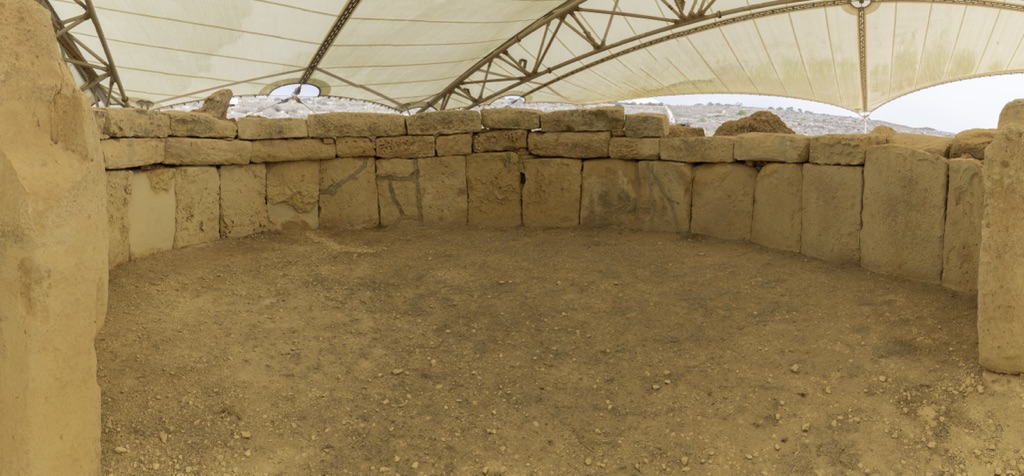
The Calendar Stone
One of the most intriguing artifacts found within Mnajdra is a stone marked with drilled holes in various configurations, believed to represent different lunar and solar cycles. This calendar stone is a remarkable example of the prehistoric inhabitants’ advanced knowledge of astronomy and their ability to track time through celestial movements.
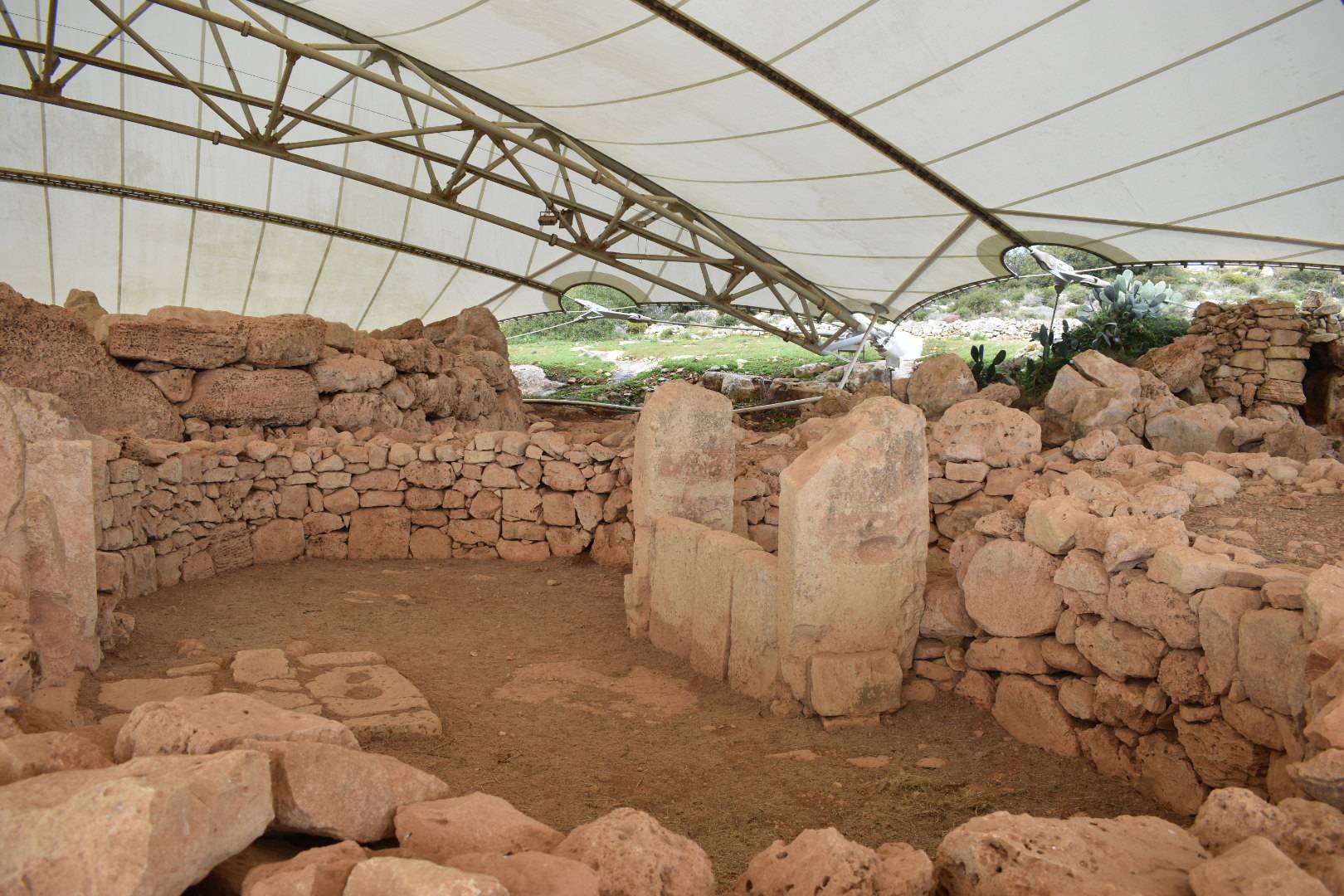
Excavations and Recent History
Excavations of the Mnajdra temples have been conducted since the 19th century, with significant findings that have contributed to our understanding of prehistoric Maltese culture. However, the temples have also faced challenges, including a severe act of vandalism in 2001 that damaged many of the megaliths. Restoration efforts have since been successful, allowing the temples to be reopened to the public.
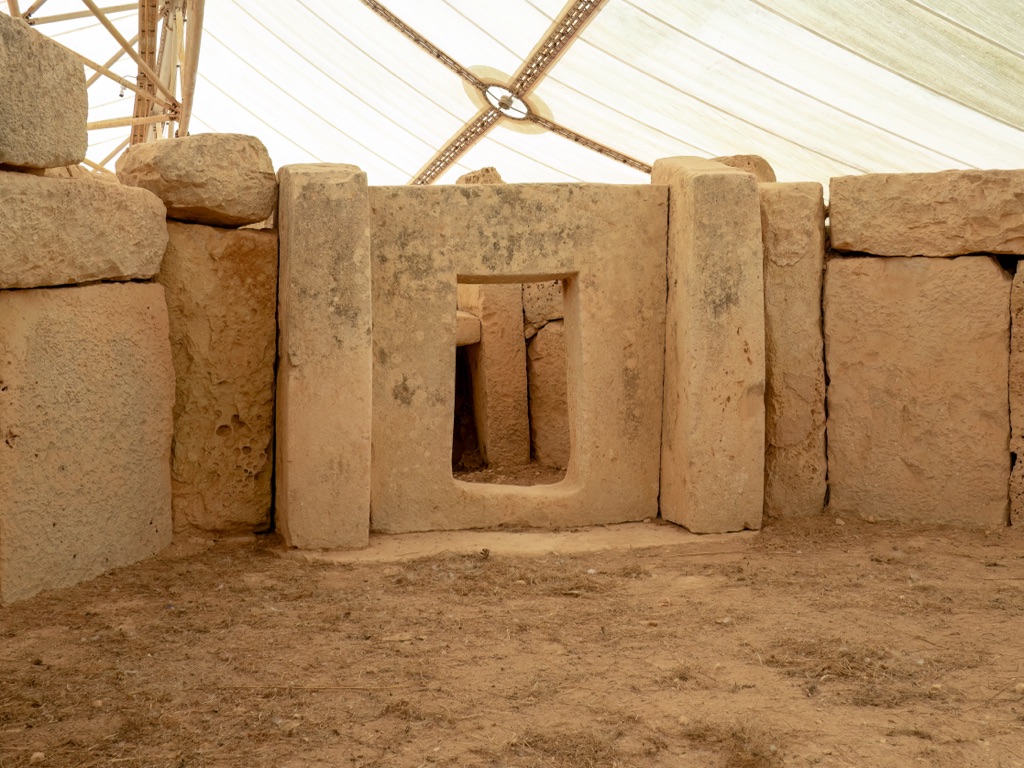
Contemporary Interpretations
The Mnajdra temples continue to captivate scholars, tourists, and locals alike, serving as a source of inspiration and speculation about their original purpose and the society that built them. Anthropological studies have explored how these temples have been interpreted and appropriated by various interest groups over the years, reflecting the ongoing fascination with Malta’s Neolithic heritage.
In conclusion, the Mnajdra temples represent a remarkable achievement of prehistoric architecture and spirituality. Their preservation and study offer invaluable insights into the lives and beliefs of the people who constructed them over 5,000 years ago, underscoring the enduring legacy of Malta’s ancient inhabitants.
Sources:

